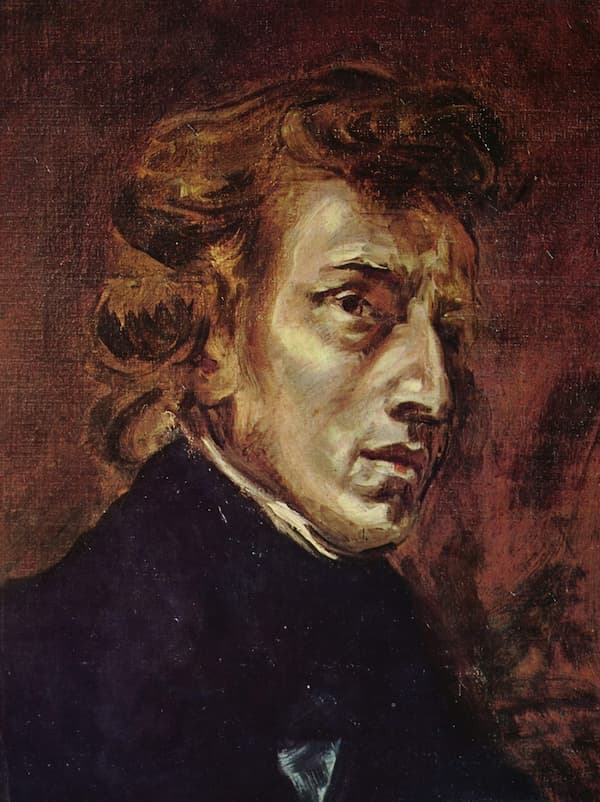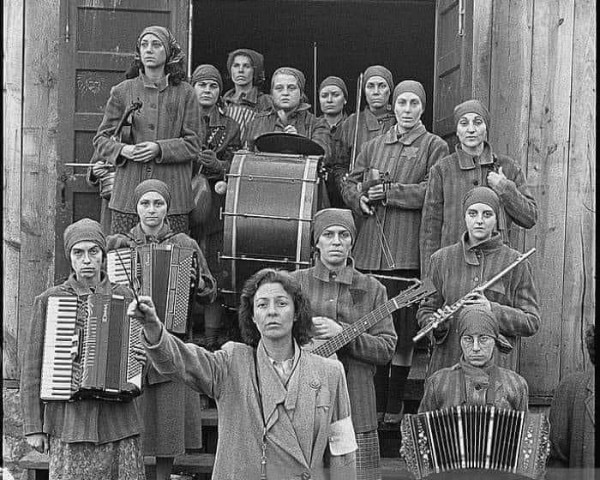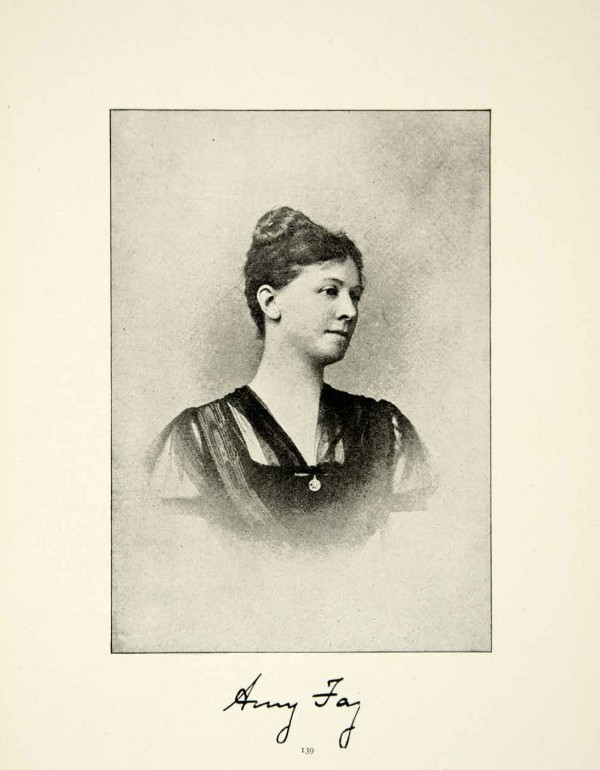Growing up in Hong Kong, it’s fairly typical that I’ve been a pianist my whole life. I’ve hammered out everything from Bach to Rachmaninoff with a kind of stubborn focus. The piano is my territory; it is familiar, reliable, and I know the keyboard by heart, mostly.
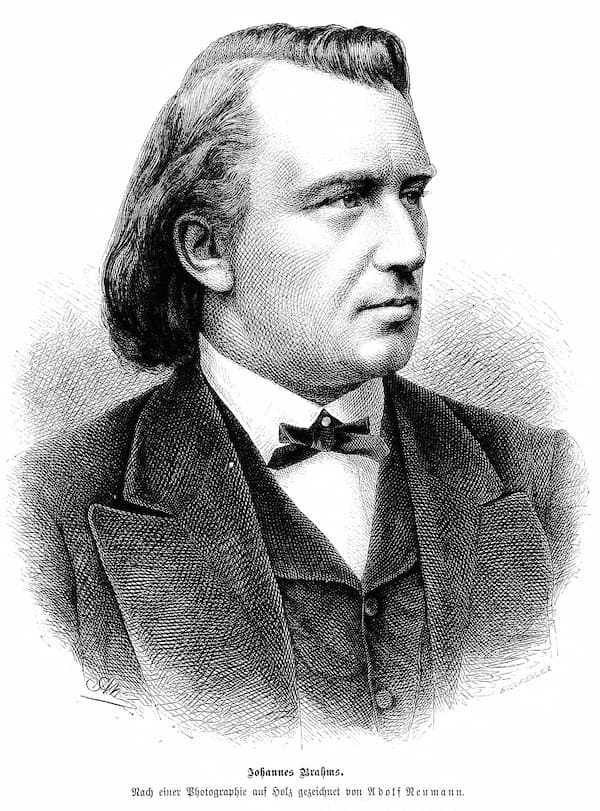
Johannes Brahms, 1880
But there is one instrument that I have always wanted to play, and that’s the violin. Violin music has a way of grabbing your attention with its clear and cutting sound. It shifts from soft to intense in a flash. From fragile beauty to raw power, this instrument had me hooked from a young age.
The repertoire for the violin is huge, but I have always been attracted to the Violin Sonatas by Johannes Brahms. I’ve heard them countless times and I’ve played the piano parts on occasion, but the real attraction has always been the violin.
Johannes Brahms died on 3 April 1897, so I’ve decided to pay homage by featuring his 3 Violin Sonatas in this blog.
Johannes Brahms: Violin Sonata No. 1 in G Major, Op. 78, “Vivace ma non troppo” (Viktoria Mullova, violin; Piotr Anderszewski, piano)
Violin Sonata No. 1
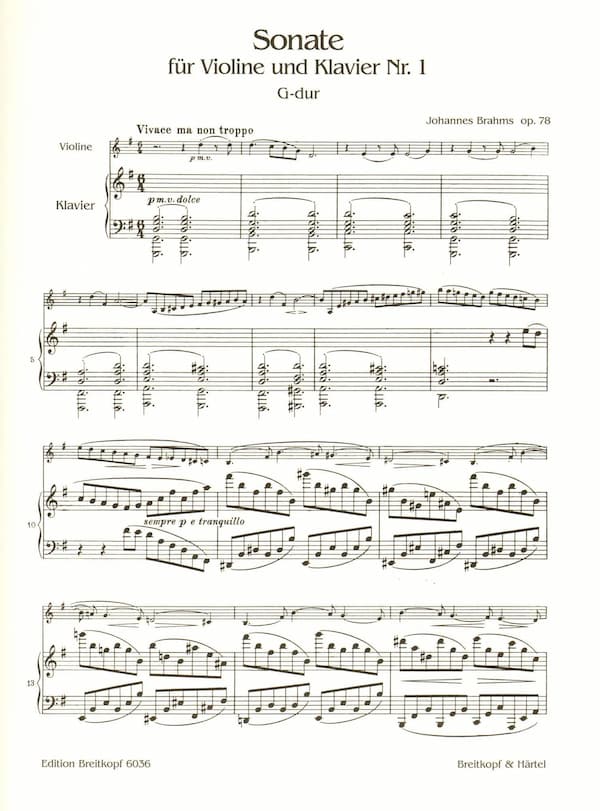
Brahms’ Violin Sonata Violin Sonata No. 1 in G Major, Op. 78 music score
All 3 Brahms violin sonatas are deeply personal works, written for his friend, the violinist Joseph Joachim. They all balance virtuosity with emotional depth in a typical Brahms style. There is nothing flashy for the sake of it, but there is plenty of emotion.
His 1st Violin sonata dates from around 1878/79, and it carries the nickname “Rain.” That nickname refers to the fact that Brahms reused one of his own art songs titled “Rain Song” to create the third movement. Overall, this sonata is tender and introspective, with that gorgeous violin line soaring over a rich piano texture.
The opening movement is lyrical and flowing, with a gentle, singing melody introduced by the violin over a rippling piano accompaniment. The short repeated notes already come from the “Rain Song,” and the mood stays tender throughout.
Johannes Brahms: Violin Sonata No. 1 in G Major, Op. 78, “Adagio” (Viktoria Mullova, violin; Piotr Anderszewski, piano)
Emotional Intensity
The opening movement is never overly dramatic, reflecting the restrained Romanticism that Brahms tried to capture. That sense of hidden emotional intensity comes to the fore in the slow and heartfelt “Adagio.”
With the long lines of the violin soaring over the sombre chords of the piano, this movement feels like a quiet meditation. The opening is almost hymn-like, and although a slightly brighter tone offers some contrast, the initial theme returns enriched with deeper emotion.
The mournful finale blends bittersweet melancholy with resolution. Now we definitely hear the melody of the “Rain Song,” based on a poem by Klaus Groth. The poet wistfully remembers the dreams and the sense of awe experienced in childhood. Brahms composed a restless rondo with intertwined lyrical episodes. The ending is not triumphant, but rather reflective, with the violin and piano fading into quiet acceptance.
This gorgeous sonata is unified by the recurring “Rain” figure and its emotional arc. It moves from gentle yearning to grief, and eventually to resigned calm. The music is deeply personal, balancing technical precision with poetic sensitivity. Intimate and understated, it showcases Brahms’ gift for writing glorious melodies.
Johannes Brahms: Violin Sonata No. 1 in G Major, Op. 78, “Allegro molto moderato” (Viktoria Mullova, violin; Piotr Anderszewski, piano)
Violin Sonata No. 2
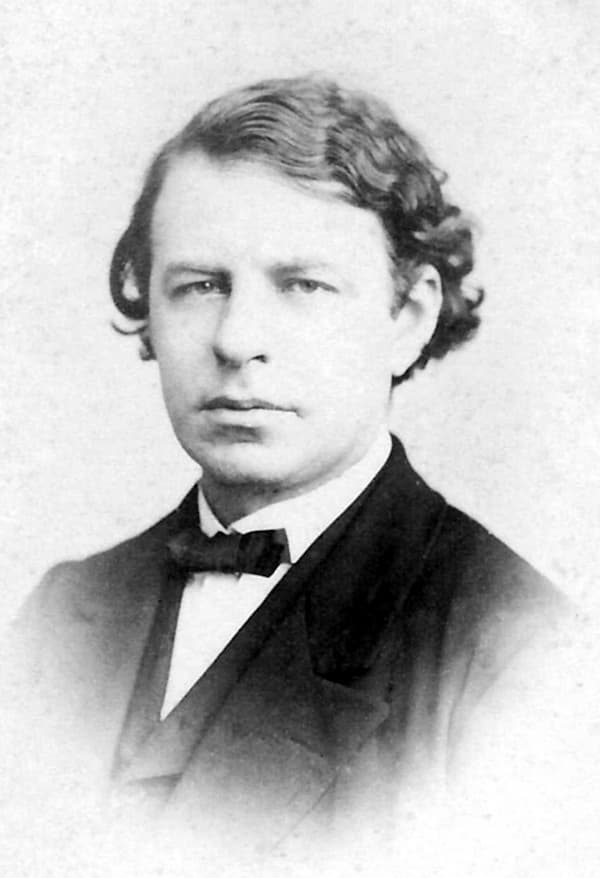
Joseph Joachim
The Hungarian violinist, composer, and conductor Joseph Joachim was one of the most influential musical personalities of his time. He played the Beethoven violin concerto with Mendelssohn conducting at the age of 12, and he served as concertmaster to Franz Liszt in Weimar.
It was Joachim who introduced the painfully shy Johannes Brahms to Robert Schumann, and they basically had a close friendship for more than 30 years. They did have one serious disagreement when Brahms sided with Joachim’s wife during divorce proceedings. Joachim was furious and immediately broke off all contact with Brahms.
They didn’t talk for nearly six years, but in an attempt to appease his estranged friend, Brahms drafted a series of compositions for the violin. Among them was his second Sonata for Violin and Piano in A Major, Op. 100.
Johannes Brahms: Violin Sonata No. 2 in A Major, Op. 100, “Allegro amabile” (Josef Suk IV, violin; Julius Katchen, piano)
Lyrical Splendour
The most lyrical of Brahms’ three sonatas for violin and piano, the work tenderly reveals the introspective and contemplative side of the composer’s personality. However, it all feels rather laid-back, with some heartfelt chats between the violin and piano.
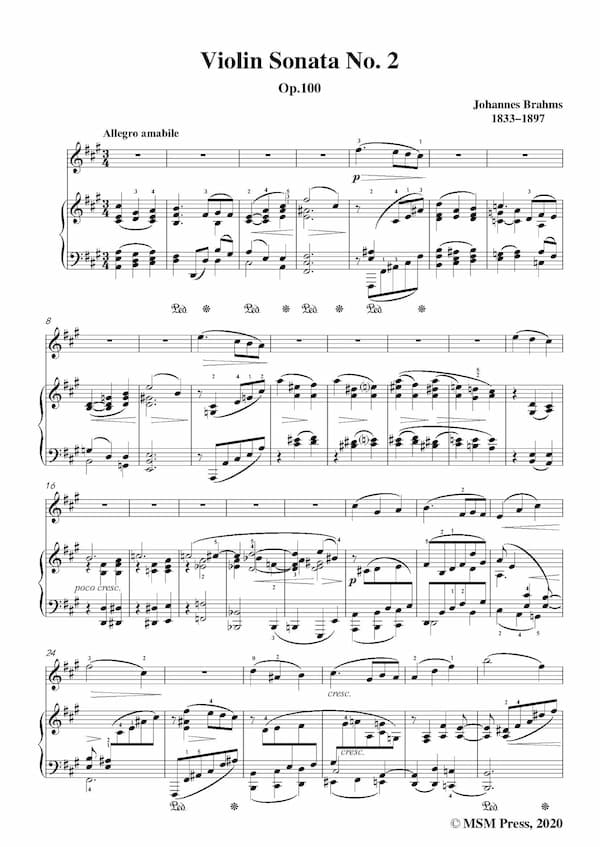
Brahms’ Violin Sonata No. 2 in A Major, Op. 100
Over gently strumming chords in the piano, the violin rhapsodically introduces a seemingly endless melody. In this conversational interchange, the themes flow seamlessly between the instruments, and a development of agitated intensity quickly makes way for the restatements of the opening strains.
Johannes Brahms: Violin Sonata No. 2 in A Major, Op. 100, “Andante tranquillo” (Josef Suk IV, violin; Julius Katchen, piano)
Passionate Outbursts
Brahms combined the roles of the adagio and scherzo in the middle movement, as a tranquil yet probing Andante is contrasted by a folk-like Vivace. It’s typical Brahms, with the hymn-like melody written in the major key while the scherzo-like dance is cast in the minor. Brahms ties it all together by hinting at the slow theme in the fast section.
Using a musical quotation from an earlier song, the concluding “Allegretto grazioso” unfolds as a graceful and elegant rondo containing moments of sudden passionate outbursts and emotional upheaval. Clara Schumann famously wrote to Brahms, “I wish the last movement could accompany me in my journey from here to the next world.”
Brahms wrote his 2nd Sonata while taking a holiday near Lake Thun in Switzerland in 1886. It almost radiates this serene and summery feeling as he blends sunny melodies with tight-kit craftsmanship across all three movements. Perfectly balanced, emotionally rich, and totally convincing.
Johannes Brahms: Violin Sonata No. 2 in A Major, Op. 100, “Allegro grazioso” (Josef Suk IV, violin; Julius Katchen, piano)
Violin Sonata No. 3
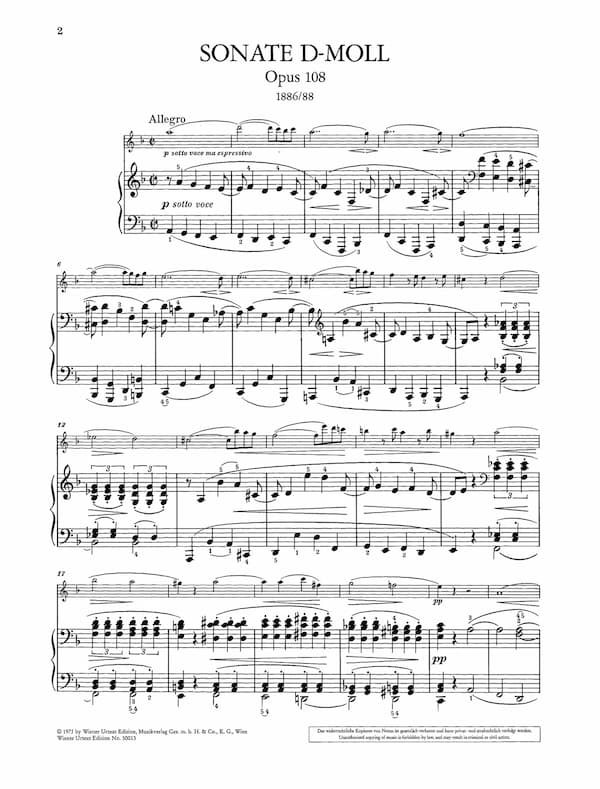
Brahms’ Violin Sonata No. 3 in D minor, Op. 108
Brahms probably began his 3rd Violin Sonata in D minor in Thun in 1886, but it took him almost two years to complete this, his last and most intense, of his violin sonatas. Unlike his lyrical and sunnier efforts, this sonata has a darker and stormier edge.
It is more indicative of Brahms’ mature style, and a time when he was starting to wrestle with health issues and the weight of his legacy. To be sure, there is some serious personal brooding going on, and with its four movements, it is certainly beefier than its predecessors.
The four-movement structure gives it a much grander scope, with Brahms showcasing his mastery of tension and resolution. Brahms premiered the work with Joachim in Budapest in 1888, and it has remained a favourite among violinists.
Johannes Brahms: Violin Sonata No. 3 in D minor, Op. 108, “Allegro” (Anne-Sophie Mutter, violin; Alexis Weissenberg, piano)
Jagged Intensity
The opening “Allegro” sounds a restless and driving theme. You can hear the violin leaping in with a jagged and highly syncopated line over the piano’s pulsing chords. This bold opening is contrasted with a smoother and more lyrical contrast in the major key.
There is plenty of tension in the development as Brahms features an intricate counterpoint that twists and turns through rhythmic and key shifts with harmonic detours into remote key areas.
This section keeps building up tension, and the recap of the opening returns in the opening key without providing much relief. The transposed second theme once again sounds some emotional stability, but the movement ends with a seriously dramatic coda full of intensity and drama.
Johannes Brahms: Violin Sonata No. 3 in D minor, Op. 108, “Adagio” (Anne-Sophie Mutter, violin; Alexis Weissenberg, piano)
Melancholy Reflection
This powerful sonata takes a short breather in the D Major “Adagio.” Lush harmonies and emotional depth contrast with the intensity of the first movement. The violin sings a broad, hymn-like melody over a soft piano accompaniment.
Although the theme is simple, it has plenty of emotional appeal, and Brahms introduces a more agitated and rhythmically complex theme in the middle section. Dipping into the minor keys, it adds a touch of melancholy, but eventually circles back to the main tune. It all ends on a peaceful and resolved note.
Johannes Brahms: Violin Sonata No. 3 in D minor, Op. 108, “Un poco presto” (Anne-Sophie Mutter, violin; Alexis Weissenberg, piano)
Restless Tension
The third movement in F-sharp minor is a quirky and fleeting scherzo. True to its name, Brahms seems to take great pleasure in toying with texture and dynamics. That razor-sharp staccato is set against a sparse and jagged backup by the piano.
The trio finally provides a bit of warmth, with its sweet legato line in the major key, but the jittery main key sneaks back in. Some commentators have called it “more of a sardonic grin than deep sentiment,” but it is nevertheless a masterclass in saying a lot in a very short period of time.
The finale movement is a fiery and relentless movement that caps the work with a surge of drama and virtuosity. A relentless and galloping rhythm prepares the foundation for a gritty main theme and two contrasting episodes. The tension is kept high throughout, and this is the longest and most technically ferocious of all sonata movements.
Conclusion
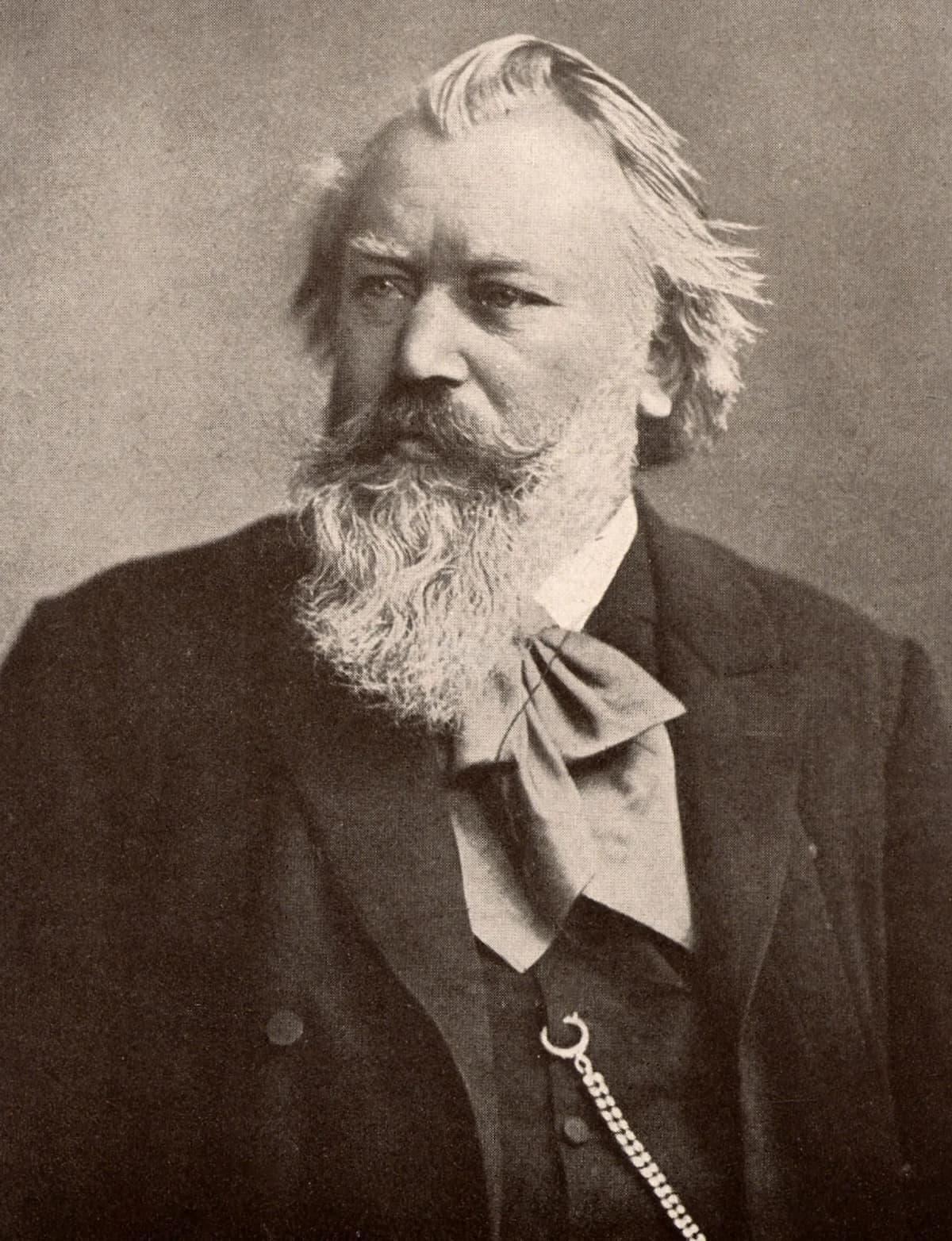
Johannes Brahms
The 3 Brahms Violin Sonatas are like an emotional diary. The first feels like a warm embrace, gentle and nostalgic, and brimming with tender melodies. The second is all about easy-going charm and quiet joy, with the violin and piano chatting like old friends. The third is much darker, fiercer, and wrestling with tension and passion.
Together they show Brahms’ love for lyrical beauty and his genius for tight-knit forms and construction. The violin sonatas are reflective, brilliant, and always highly emotional. It’s all about balancing intimacy with intensity. And there is no better instrument to showcase these characteristics than the violin.
For more of the best in classical music, sign up for our E-Newsletter
Johannes Brahms: Violin Sonata No. 3 in D minor, Op. 108, “Presto agitato” (Anne-Sophie Mutter, violin; Alexis Weissenberg, piano)

